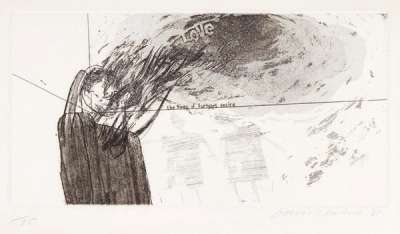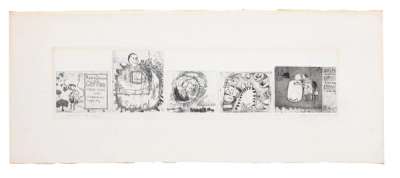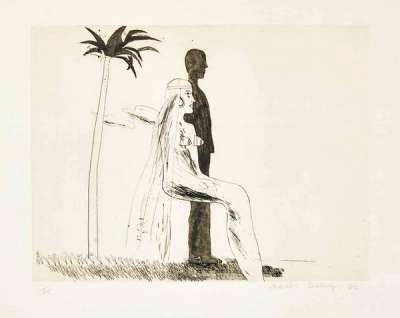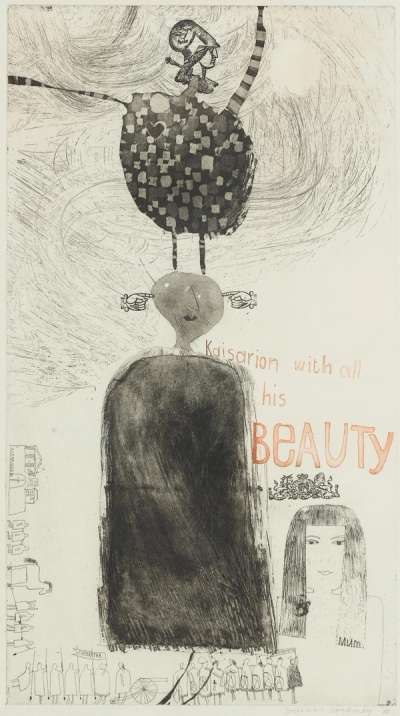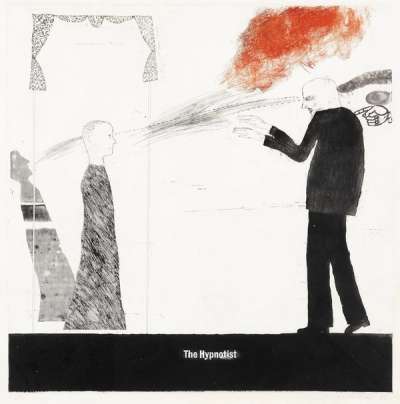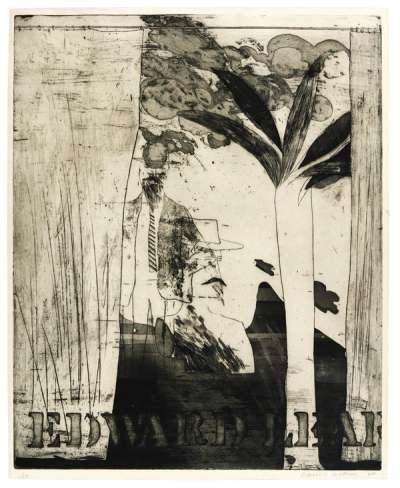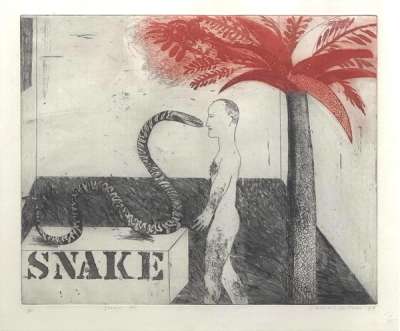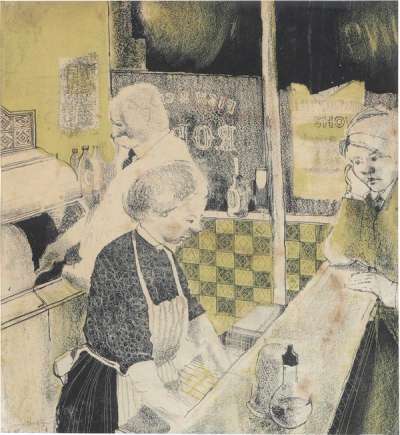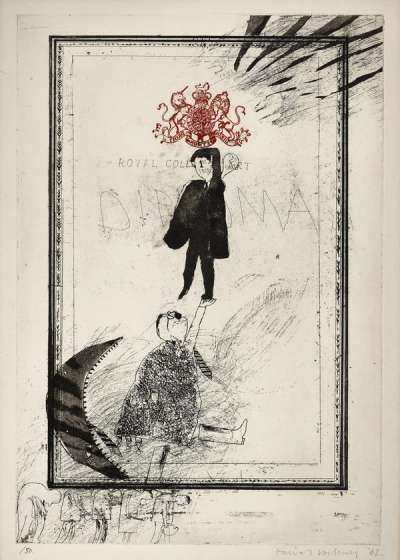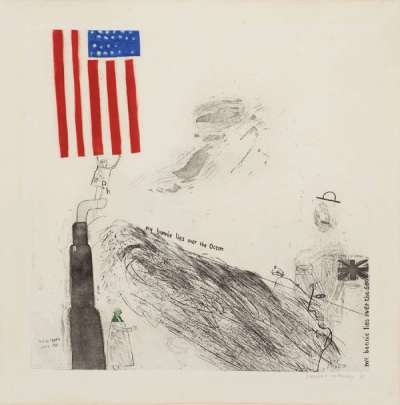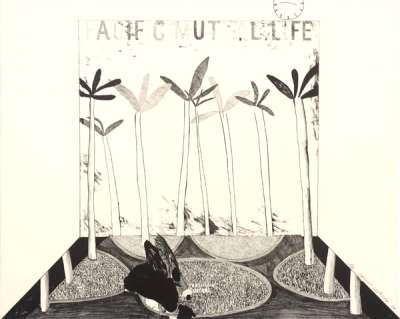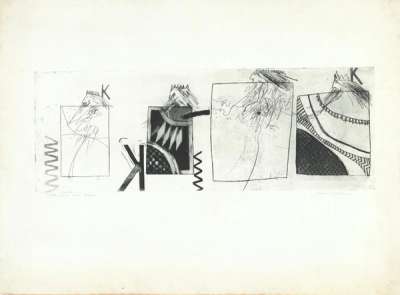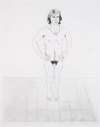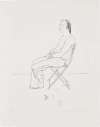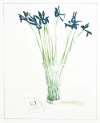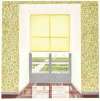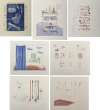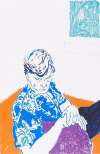Early
Prints
Dating from 1954 to 1964, this collection gathers David Hockney’s early prints, which demonstrate the British artist’s talent for printmaking from a young age, as well as many of the important influences that would become a key part of his oeuvre later on.
David Hockney Early Prints For sale
Early Prints Value (5 Years)
With £83312 in the past 12 months, David Hockney's Early Prints series is one of the most actively traded in the market. Prices have varied significantly – from £525 to £45000 – driven by fluctuations in factors like condition, provenance, and market timing. Over the past 12 months, the average selling price was £6408, with an average annual growth rate of -0.54% across the series.
Early Prints Market value
Auction Results
| Artwork | Auction Date | Auction House | Return to Seller | Hammer Price | Buyer Paid |
|---|---|---|---|---|---|
 The Hypnotist MCA Tokyo David Hockney Signed Print | 23 Oct 2025 | Sotheby's New York | £14,450 | £17,000 | £24,000 |
 Kaisarion With All His Beauty David Hockney Signed Print | 23 Oct 2025 | Sotheby's New York | £2,465 | £2,900 | £4,000 |
 The Fires Of Furious Desire David Hockney Signed Print | 25 Sept 2025 | Christie's London | £2,805 | £3,300 | £4,450 |
 Three Kings And A Queen David Hockney Signed Print | 15 Jul 2025 | Sotheby's New York | £2,338 | £2,750 | £3,800 |
 The Marriage David Hockney Signed Print | 29 Mar 2025 | Venator & Hanstein | £3,570 | £4,200 | £5,500 |
 My Bonnie Lies Over The Ocean David Hockney Signed Print | 10 Dec 2024 | Bonhams New Bond Street | £10,200 | £12,000 | £15,000 |
 Edward Lear David Hockney Signed Print | 3 Dec 2024 | Bonhams Knightsbridge | £2,210 | £2,600 | £3,350 |
 Fish And Chip Shop David Hockney Signed Print | 12 Sept 2024 | Christie's London | £11,900 | £14,000 | £19,000 |
Sell Your Art
with Us
with Us
Join Our Network of Collectors. Buy, Sell and Track Demand
Meaning & Analysis
Spanning 1954 to 1964, Hockney’s Early Prints collection shows his first attempts at printmaking while only 17, studying at Bradford College of Art.
Hockney’s Fish and Chip Shop represents one of his earliest experiments with printmaking when he was studying at the Bradford College of Art aged 17. Here the artist has included himself in the scene, his hair in its pre-peroxide incarnation, showing himself waiting for a bag of chips. He made three copies of the print and gave one to the owners of the Sea Catch fish and chip shop in Eccleshill where they hung it above the fryer and then in their home until the print was sold for £18,750 at auction. The print shows the influence of artists such as Stanley Spencer who depicted provincial English scenes and offers a glimpse of Hockney's talent for composition and for capturing the character of the subjects of his portraits.
When Hockney went to study at the Royal College of Art in London in 1959 he apparently took up printmaking because it was cheaper than painting as the materials were provided for free. This proved to be a good decision as the artist went on to make notable series such as A Rake’s Progress in the printroom of the art college which launched his career as an artist. While at the RCA he also produced works such as My Bonnie Lies Over The Ocean which sees him incorporating text into his composition as he would do in famous works such as Myself and My Heroes and We Two Boys Clinging. From the same year we also have Kaisarion With All His Beauty, a reference to a poem by LP Cavafy, whose work he would later illustrate in another of his most famous portfolios. In 1962 Hockney was preparing to leave the RCA however he was at risk of not receiving a diploma for his studies as a result of refusing to write the essay that was required for the final examination. He believed he should be judged solely on the basis of his artworks and as if to exemplify his point he produced The Diploma to poke fun at the principal and various other official figures at the RCA. It worked – the RCA changed its rules and Hockney was awarded his diploma and a gold medal for his painting.
Upon leaving college Hockney continued to work in the mostly monochrome style he had developed while studying, and many of the prints from 1962-64 show many of the hallmarks of his later work, including palm trees, nudes, lettering and overt references to his influences. Already moving between intaglio, etching and lithography, these early works show Hockney’s promise as an artist who both mastered and revolutionised the art of printmaking.
